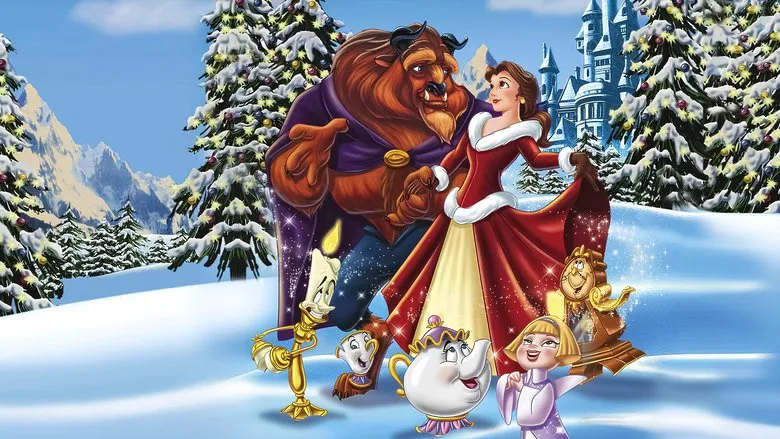Mamoru Hosoda: A Modern Master of Anime or Just a Magician of Familiar Tales?
Mamoru Hosoda, a name synonymous with contemporary animation, has earned his place as a “quasi-master” in the Japanese animation landscape. Born in 1967, his journey began in renowned studios like Studio Ghibli and Toei Animation. Despite facing early challenges, including his departure from Howl’s Moving Castle, Hosoda’s determination led him to Madhouse in 2005, where he blossomed as an independent creator.
Breaking Free from Ghibli’s Shadow
Studio Ghibli’s long-standing dominance in the Japanese animated film market has fueled the anticipation for a successor to Hayao Miyazaki. Hosoda, striking out on his own, embraced this challenge, dedicating himself to professional growth. In 2007, his debut feature film, The Girl Who Leapt Through Time, garnered significant international acclaim. Subsequent successes with original works like Summer Wars, Wolf Children, The Boy and the Beast, and Mirai solidified his standing in the industry.
Belle: A Peak or a Plateau?
Belle, Hosoda’s 2021 film, marked a new high point in his career, Premiering at the Cannes Film Festival, it grossed over $60 million worldwide. The film centers on Suzu, a 17-year-old girl in rural Japan grappling with the loss of her mother. Insecure and disconnected at school, she rediscovers her love for singing as her avatar “Belle” in the virtual world of “U.”
However, this virtual oasis is disrupted by the destructive “Dragon.” As Belle interacts with the Dragon, she discerns a hidden vulnerability beneath his menacing facade, leading Suzu to search for the Dragon’s player in the real world to offer redemption, a quest that transcends both the virtual and the physical realms.
The Allure and the Flaws of Belle
Belle certainly captivates with its premise and the visually stunning animation of its metaverse. Yet, despite the initial excitement, the screenplay reveals itself to be weak and ultimately falls apart. The metaverse, conceived to have its own logic, lacks depth and clear operational rules.
Questions arise: How did “U” with 5 billion users, gain such traction? What are the main activity for the user? How does it interact with reality? Hosoda declines to provide answers. This renders the metaverse a mere backdrop, diminishing the impact of the characters’ actions. Moreover, Suzu’s search for the Dragon in the real world lacks clear motivation.
Midway through the film, during Belle and the Dragon’s waltz in the Dragon’s castle, the classical Beauty and Beast comes to mind. While Hosoda seemingly revisits a classic, the execution falls short.
Hosoda’s Strengths and a Call for Reflection
In contrast to Ghibli’s focus on nature and tradition, Hosoda’s films resonate with younger audiences as of their fantastical style. Hosoda’s excels to portray characters navigating familial and social dilemmas, exploring complex issues. He equips his characters with diverse identities. Often defying physical restraints they fluidly transition through virtual, seeking exploration, solidifying his image as “creator” and “magician.”
Belle is a work that embodies these elements. The strong visual effects of music are still a treat, as well as a sense of acceptance within the idealized rural society. However, it is worth noting that The Boy and the Beast brought the beginning of weaker screenplay that Hosoda made, caused by his decision to stop team working with professional writers. A new working method should be considered, to ensure that his reputation of “new generation Japanese animation master” stays true.